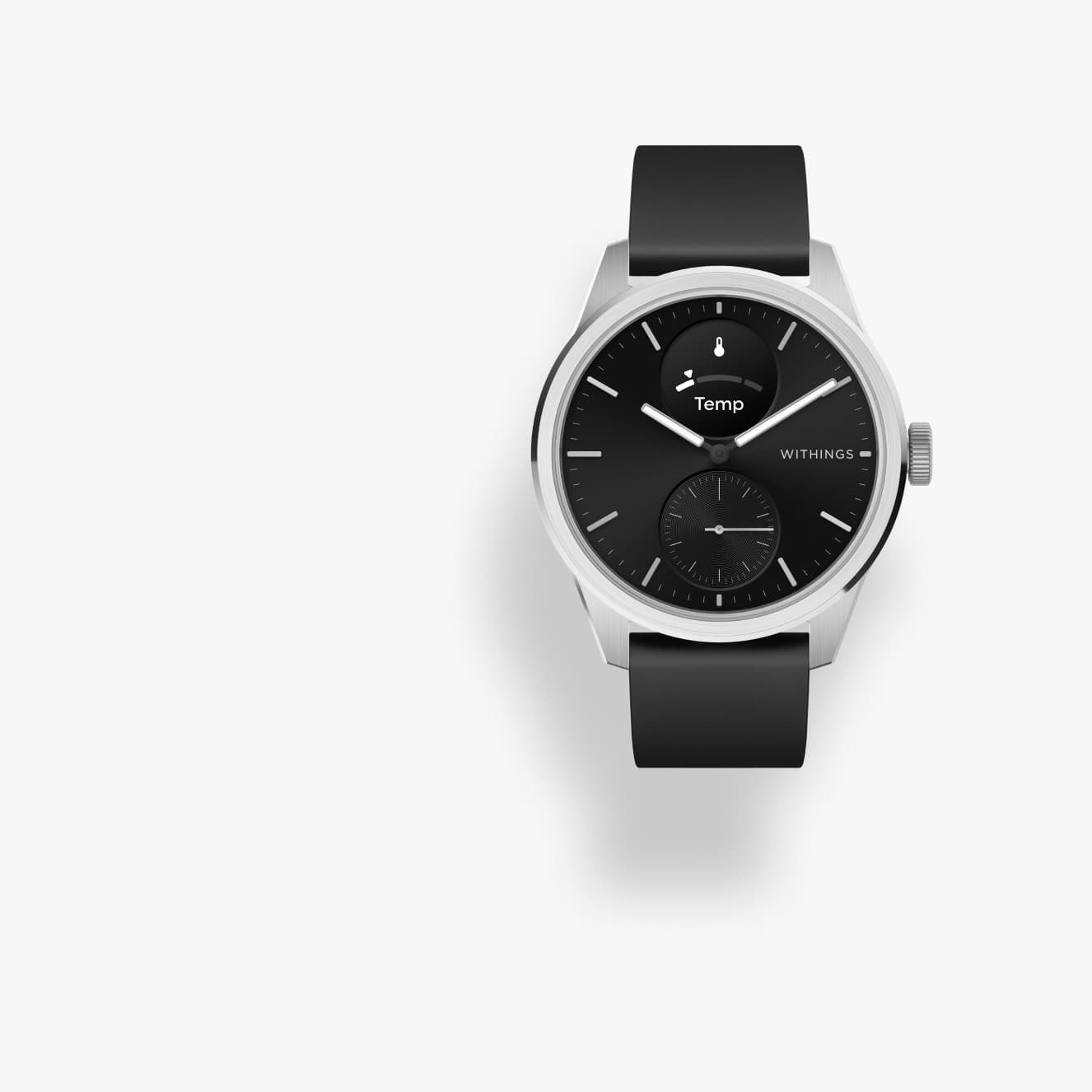For decades, aviation enthusiasts and those looking for a spot of adventure in India have been actively involved in hot-air-balloon melas, hand gliding, and aeromodelling. Earlier this month, the Ministry of Civil Aviation decided to formalize aero-sports to make India one of the top aero-sports destinations globally by 2030. The draft National Air Sports Policy aims to promote this form of sports and develop India as a global hub while adopting international best practices in safety.
Here’s an explainer on what aero-sports are and how the draft rules are likely to change the landscape for aero-sports in the country.
Which sports are included in aero-sports?
Aero-sports or ‘air-sports’ cover a range of aerial activities that can broadly be divided into two categories: powered aero-sports and non-powered aero-sports.
Powered aero-sports include aerobatics, aeromodelling, air racing, drone racing, flyboarding, powered hang-gliding, powered paragliding, rally flying, rotorcraft, and ultralight aviation.
Non-powered aero-sports include ballooning, cluster ballooning, gliding, hang-gliding, human-powered flying, bungee jumping, and parachuting/skydiving.
The Draft National Air Sports Policy of 2022 mentions the following air-sports: aerobatics aeromodelling, amateur-built and experimental aircraft, ballooning, drones gliding, hang-gliding and paragliding, micro lighting, paramotoring, skydiving, and vintage aircraft.
What are the potential benefits of the draft National Air Sports 2022 policy?
The policy aims to increase sports tourism in the country as India enjoys huge diversity in weather and terrain, with conditions conducive for different air sports at various levels of expertise.
India is also well positioned to serve the international air-sports community during their yearly migration from the Northern to the Southern hemisphere and back.
Europe (including the UK) is a significant sports aviation hub in the Northern hemisphere during their summer (May to August). Australia, New Zealand, and South Africa offer the most suitable weather in the Southern hemisphere for air sports between December and February.
Even though India provides excellent conditions from February to June and September to December, most air-sports enthusiasts overfly the country on their way to Australia/New Zealand, primarily due to the regulatory environment and the lack of air-sports infrastructure in the country.
Sports tourism involves either observing or participating in a sporting event. Sports tourism is a fast-growing sector for the global travel industry, and some estimates peg its worth at $7.6 billion.
This form of tourism comes with spinoff benefits. The increase in tourism will demand places to stay, transportation services, eateries, and even primary healthcare centers to handle accidents and injuries.
Aero-sports will provide a massive canvas that engages youngsters and exponentially expands the human resource base from which civil and military aviation can fulfill future needs.
What are the expenses involved in an aero-sport?
As things stand, aero-sports are for the rich. The equipment used varies from sport to sport. For instance, while a parasail comes with a price tag of Rs 50,000 to Rs 100,000, a skydiving parachute can set you back by Rs 7-8 lakh, and a microlight aircraft by Rs 1-2 crore.
Unlike traditional games like, say, football, where the price of a ball is a few hundred rupees. The game can be played in one’s backyard, aero-sport activities are primarily restricted to those in the armed forces, those who have retired from the armed forces, those who have deep pockets, and those who have been abroad, experienced aero sports and want to continue doing so in India.
What are the challenges that those entering aero-sports face?
There are two aspects to entering aero-sports; first, pursuing aero-sports purely for hobby/recreational purposes within the country, which anyone can do with appropriate training offered by clubs and associations, or even with basic self-training in a few sports. Second, to engage in competitive, professional aero-sports and participate in international competitions.
The challenges faced can be broadly divided into three categories:
a. Lack of equipment: Many items of aero-sports equipment are restricted or prohibited for import by the government, or the process to import them is cumbersome, time-consuming, and expensive because of various costs and taxes (import duties and GST). To begin participating in some aero sports is therefore tricky and subsequently procuring high-quality equipment of international standard for competitions becomes a very complicated and expensive affair.
b. Issues faced by sportspersons wanting to travel abroad to participate in international events: Since most aero-sports are competitive, participants travel worldwide to participate in competitions. Taking equipment out and bringing it back into the country is complex. There are enormous challenges involving planning, documentation, fees, and processes. Unlike their foreign counterparts, even before s/he starts, an Indian sportsperson has to obtain security clearance for themself and the equipment.
c. Foreign nationals visiting India require security clearance from the Ministry of Home Affairs. The process is labyrinthine and can take several months for a one-time visit. Besides, they must pass a medical, which is a time-consuming process, and renew it regularly. The US, Europe, Australia, and New Zealand have relatively simple medical requirements.
What are some of the other challenges at the policy level?
Aero-sports are risky and are practiced worldwide with the same mantra: “Safety First.” If they are not practiced with discipline, there will be accidents, which have been known to happen in India due to the lack of an aero-sports policy or regulation.
The regulatory oversight provided by the Directorate General of Civil Aviation (DGCA) expects air-sports to comply with the same rules as a Boeing 777.
Education and training: While some aero-sports, such as drone flying, do not require much exercise, others come with their levels of education and training before one can begin playing the sport.
Affordability: The dependence on imported equipment and the difficulty and costs involved in acquiring it is a considerable hurdle hindering the growth of aero-sports in India. There is enormous potential for these sports to grow in India and attract aero-sports enthusiasts from around the world.









